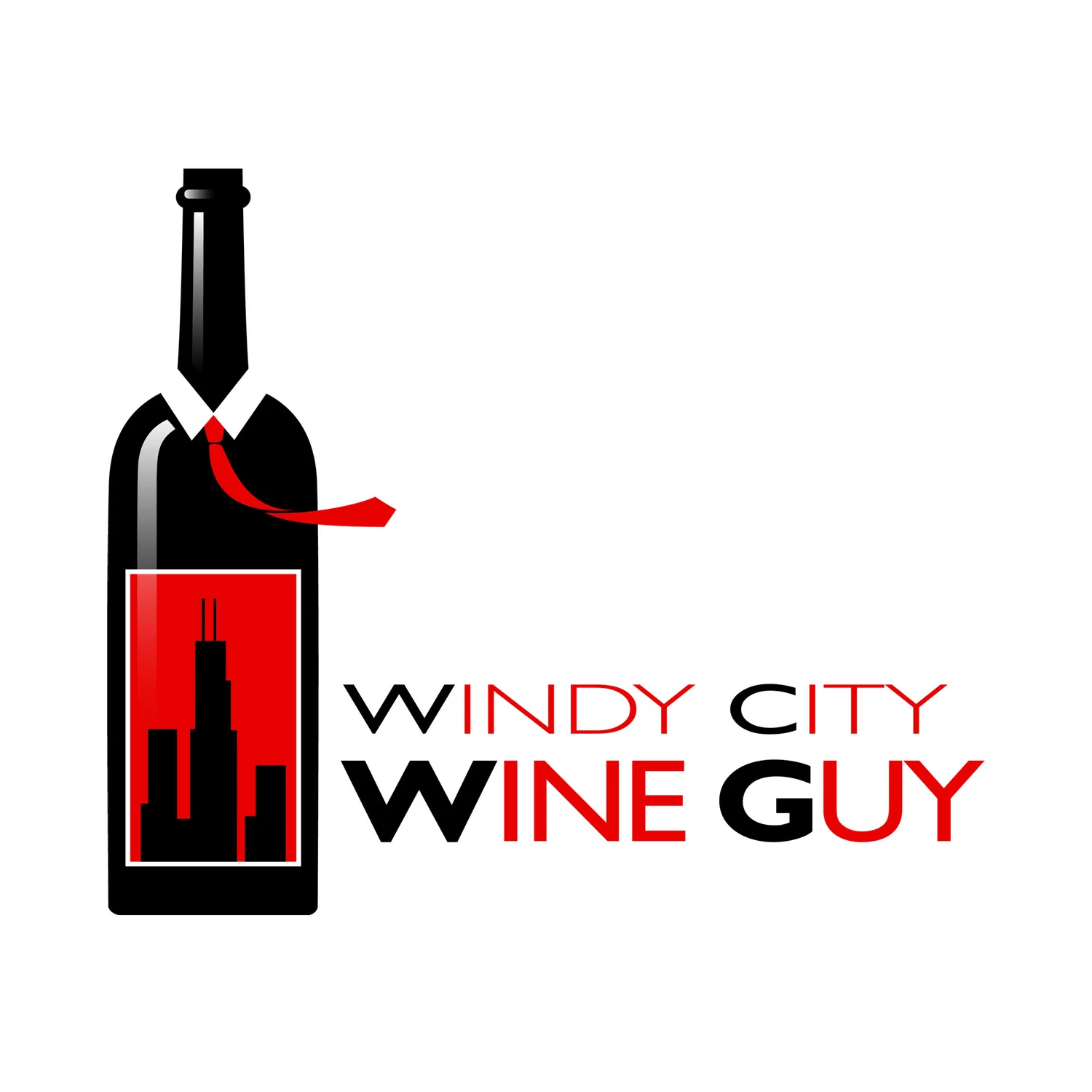Lunch with Gaia Gaja
/ Just after a press conference for Chicago Gourmet 2009, I had the pleasure of meeting the Vice President of one of the world's greatest wineries, Gaia Gaja. The Gaja Winery is located in the small town of Barbaresco in northwest Italy, and has been making wine since 1859. When Gaia joined the winery team in 2005, that ensured Gaja would be family run and owned for five generations. We met at Spiaggia Cafe for lunch, where they preset a table for us with three Gaja wines. With so much heritage, history, and great wines, I am sure we would have much to talk about.
Just after a press conference for Chicago Gourmet 2009, I had the pleasure of meeting the Vice President of one of the world's greatest wineries, Gaia Gaja. The Gaja Winery is located in the small town of Barbaresco in northwest Italy, and has been making wine since 1859. When Gaia joined the winery team in 2005, that ensured Gaja would be family run and owned for five generations. We met at Spiaggia Cafe for lunch, where they preset a table for us with three Gaja wines. With so much heritage, history, and great wines, I am sure we would have much to talk about.After selecting our lunch choices, we began to talk about her travels. Gaia travels often, representing Gaja wines around the globe, even in far away markets such as Japan (her next stop), and India. She loves visiting exotic places, learning new languages, and meeting different people. I found out Chicago is one of her favorite cities- she really likes our welcoming metropolis, wine knowledge, and burgeoning restaurant business. Her favorite restaurant stop was at Piccolo Sogno, where she enjoyed very authentic food from Chef Tony Priolo.
Gaja Winery has been a global presence ever since Gaia's father, Angelo, brought his family's Barbaresco to the forefront beginning in 1961. His innovative techniques and marketing not only created opportunity for his wines, but also for the rest of Italy. He has been described as "the force behind Italy's wine revolution." Aggressive business sense, as well as appreciation for the future, has led to family acquisitions of new vineyards in Barolo, Montalcino, and Bolgheri. Since Gaja Winery only makes wine from family held vineyards, they are always seeking and, because of their reputation, sought out by prospective sellers of land with excellent grape growing potential. This, along with Gaja Distribuzione, which offers some of the world's best wines to Italian shoppers, keeps Gaja on the cutting edge of wine technology and marketing.
The next two wines were both from separate single vineyard sites in Montalcino, where Gaja makes Brunello out of the local Sangiovese varietal. Once they are aged four years in house, both the Rennina and Sugarille sites make excellent wines. The Rennina is more subtle and silky than the much larger Sugarille, with ripe cherry, tobacco, and leather scents and flavors. The Sugarille is a powerful wine, carrying deep dark fruit, cocoa, and spice, along with an extra long finish. They went well with our cuisine- Margherita pizza and gnocchi with wild boar ragu. The ripe acidity and slight sweetness of tomatoes are the perfect complement to Sangiovese based wines.
The Gaja Winery does make many other great wines- 16 to be exact, along with 12 different grappas. One is even named after Gaia and her great grandmother, Clotilde Rey- the Gaia & Rey Chardonnay out of the Langhe DOC in Piedmonte. The vineyard was planted in 1979, Gaia's birthyear, and has become known as Italy's greatest white wine. They also produce a wine named after Gaia's younger sister, Rossana- the Rossj-Bass, which is a Chardonnay with a touch of Sauvignon Blanc. Three single vineyard Barbaresco wines are also made, along with one Barolo, and three Piedmonte blends. And, for the more frugal shopper, the three Bolgheri wines are made starting at $40. The Promis, Magari, and Camarcanda are all blends, using mainly Bordeaux varietals, and come from terroir ideal for creating strong wines with ageing potential.
For this lunch, I would like to thank Phil Rozen of Terlato Wines International, Barbara Edelman of Barbara Edelman Communications, and Gaia Gaja. Her family not only makes great wines, but with her charm and knowledge, she makes an excellent lunch companion.

